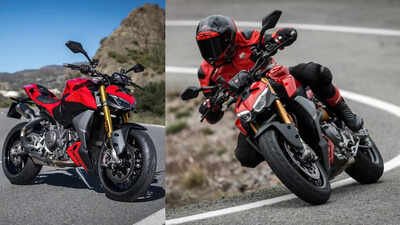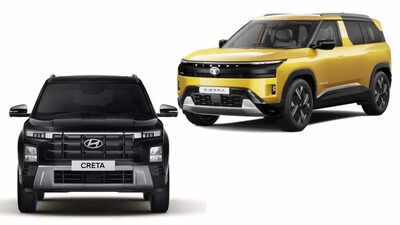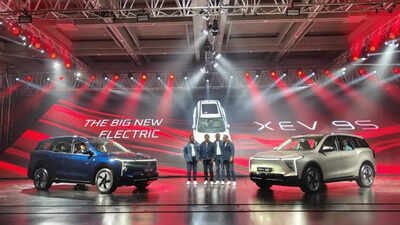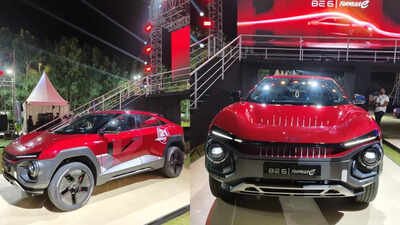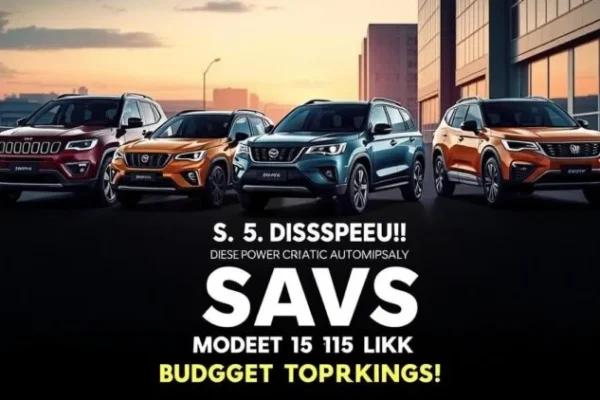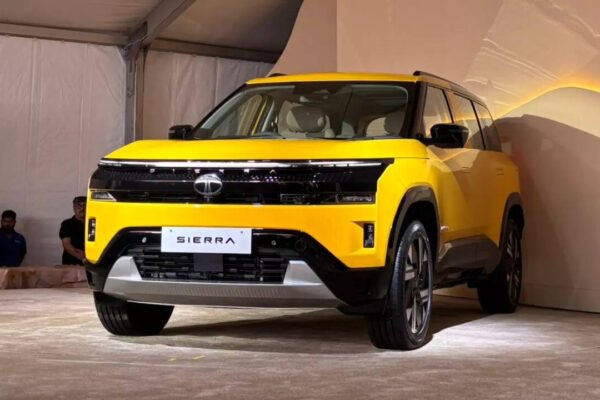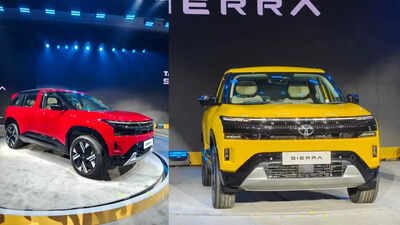
Mahindra XEV 9S vs Tata Harrier EV: Range, battery options & more compared
Mahindra has launched the XEV 9S in India, the brand’s first three-row electric SUV. While it doesn’t have a direct competitor in this body style, it lands in the same price bracket as two-row electric SUVs, including the Tata Harrier EV. Here’s a quick look at how it stacks up against the Harrier EV. Mahindra…



